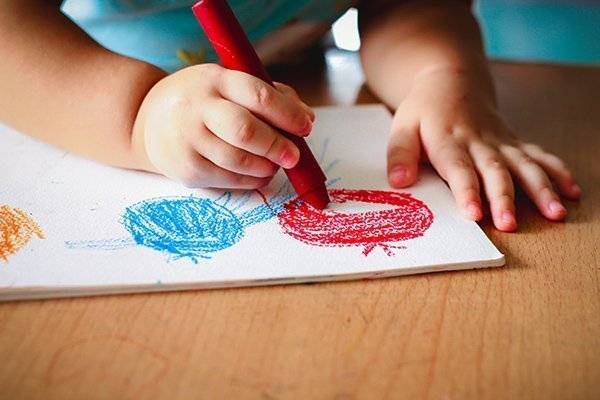You hear it everywhere: Breast Is Best. But then your friend tells you she just couldn’t make enough milk. And your sister-in-law says that her nipples bled. So you begin to wonder if you can make it work. The fact is that 95% of mothers can produce all the milk their babies need if they just get off to the right start. What is the right start? I’m glad you asked. These five steps will help to ensure that you and baby have as much success as possible breastfeeding.
Breastfeeding is an art that you must learn
The La Leche League classic resource on breastfeeding is called The Womanly Art of Breastfeeding for a reason: it is a learned process that requires practice to perfect. Just as you would take a class if you wanted to become a good artist, you owe it to yourself and your newborn to take a breastfeeding class before delivery. Not only will you learn the basic mechanics of breastfeeding, but you will also learn how to avoid pitfalls. Once your baby is here, get help in the hospital from lactation consultants.
Keep baby skin-to-skin until after the first feed
As long as both you and baby are healthy, the best place for baby as soon as he is dried off is right on your chest. Skin-to-skin contact helps regulate baby’s blood sugar, breathing, heart rate, and body temperature. Your child will be in a quiet-alert state after birth, and within the first 90 minutes or so will be ready for his first feed. He may latch on by himself, or you might have to help him a little bit.
Nurse at least 8-12 times a day
The more frequently you nurse in the first 96 hours, the more quickly your milk will come in, and the more milk your body will make. Your newborn’s tummy is tiny, so the colostrum he gets in those early feedings will be just the right amount to fill him up. Every time he starts to wake up, put him to the breast!
Position and Latch are critical
Pull your infant in tight with his head in line with his body. He should latch on with a wide open mouth with her chin low on the areola. Your nipple shouldn’t look flattened or ridged when he’s done nursing.
Get help if it hurts
If you are in pain or your nipples are bleeding, something is wrong. Call a lactation consultant immediately. The sooner you correct it, the better your long-term outcome will be.




